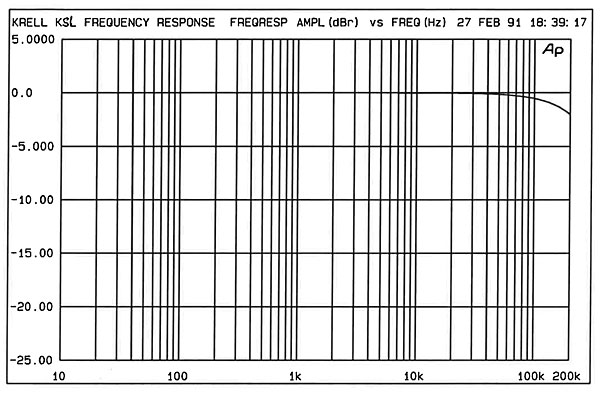| Columns Retired Columns & Blogs |
Love these old reviews, brings back a lot of memories of reading Stereophile and trying to figure out how I could buy some of this stuff. It doesn't seem that long ago. Seems there were a lot more reviews per issue back then too.






































